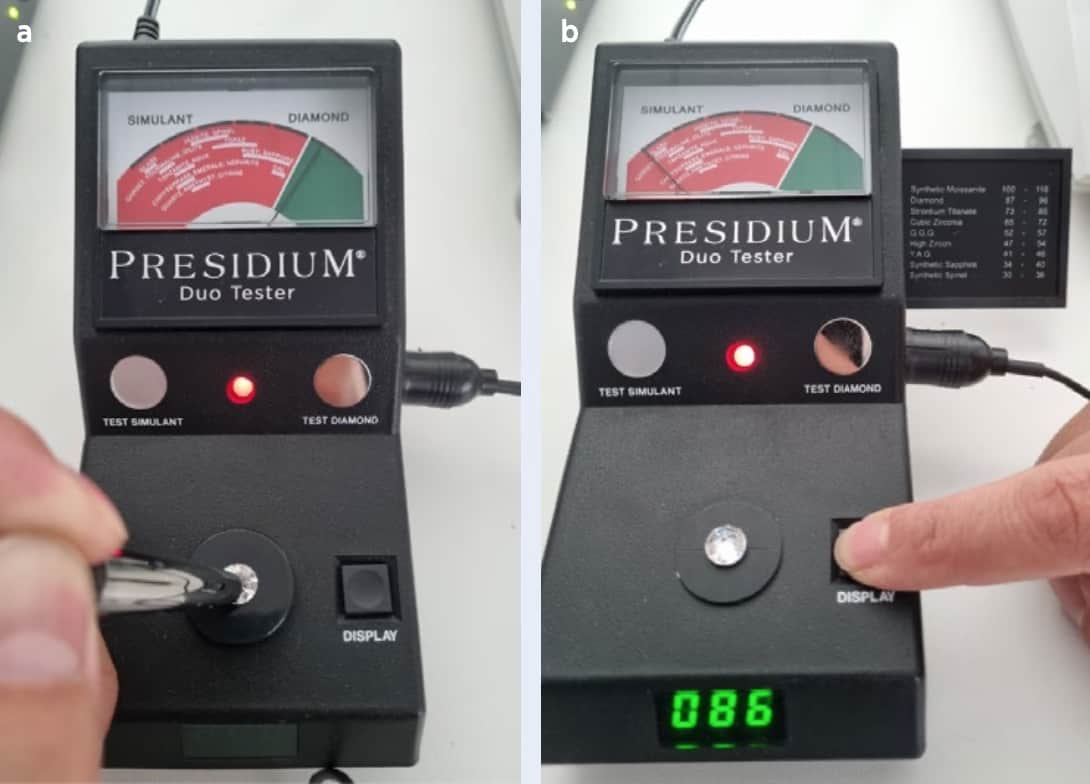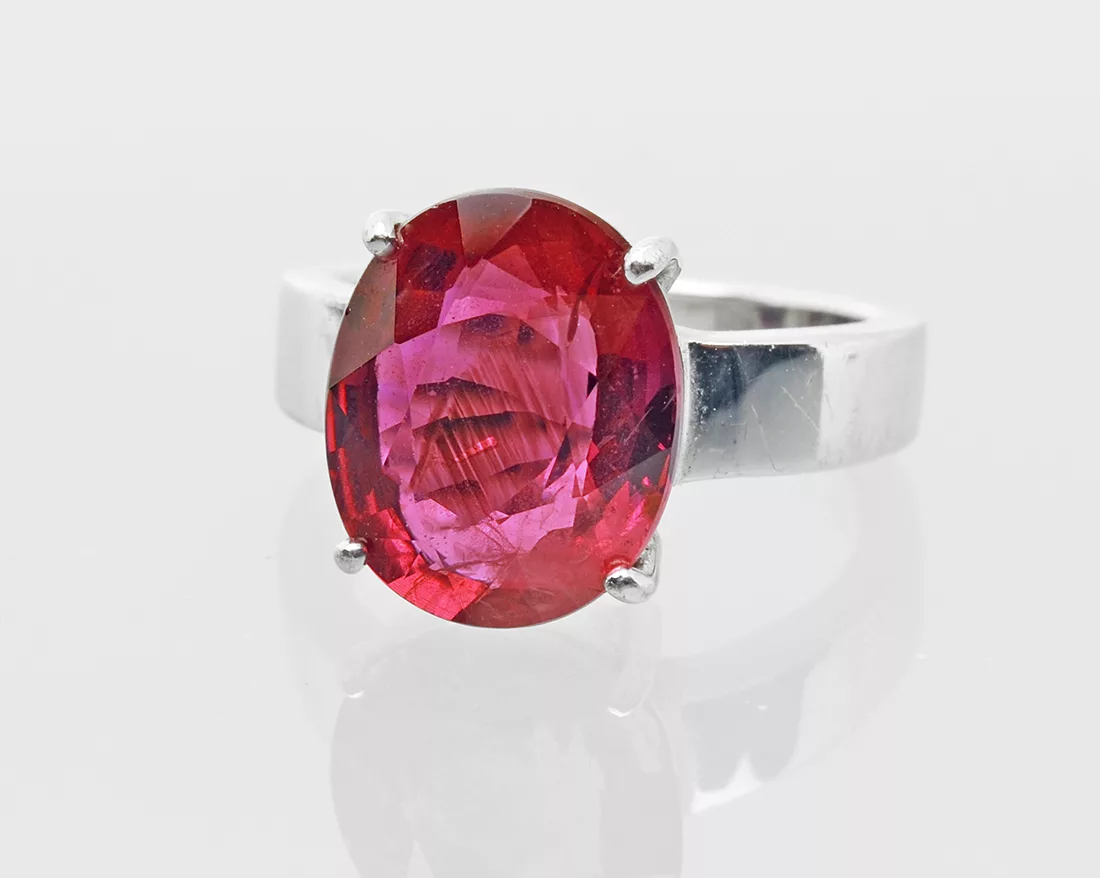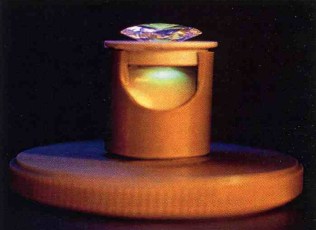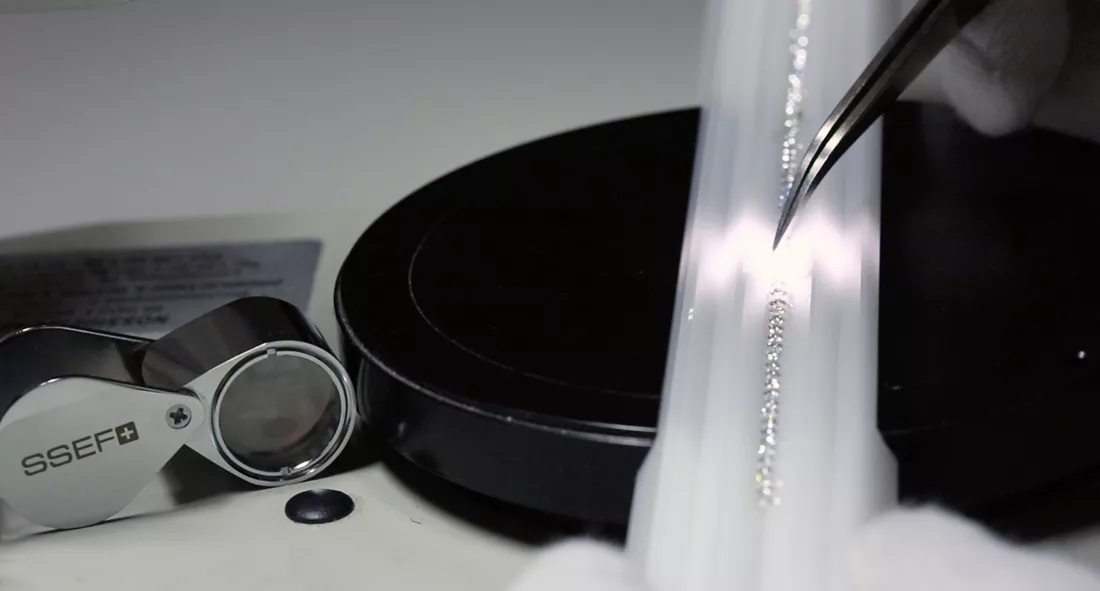
How Diamonds Salted Inside Batches of Synthetic Diamonds Creates Confusion
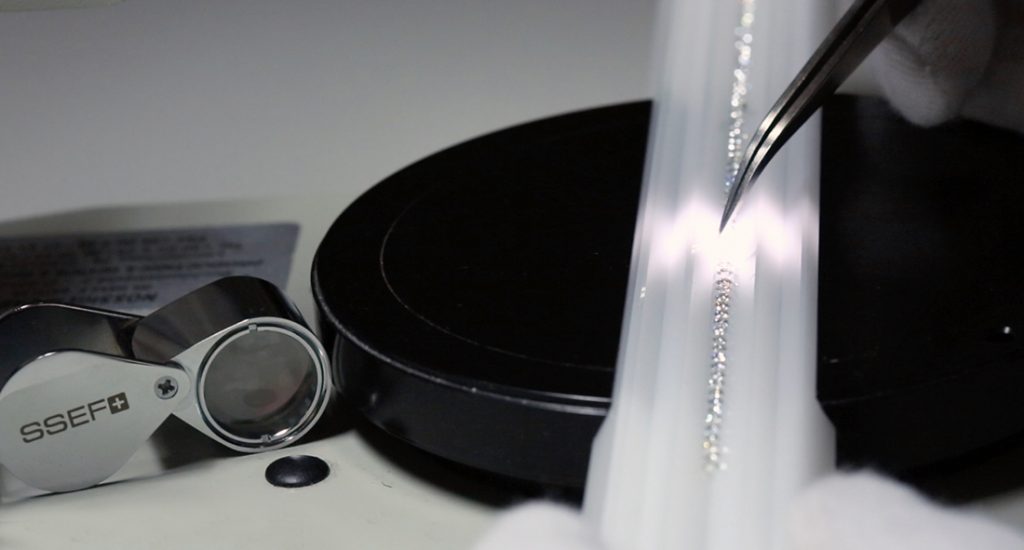
By Jean-Pierre Chalain, first published in Facette 24 (February 2018)
The diamond trade today is seriously concerned about synthetic diamonds mixed in with parcels of natural diamonds; however, we also propose here that the opposite situation of natural diamonds mixed in with batches of synthetic diamonds is also something to be concerned about and will in the near future be a (wanted?) source of confusion in the diamond trade.
Already in 2016, readers of the SSEF Facette were alerted of the presence of natural diamonds found in batches of synthetic diamonds (see SSEF Facette 22 «Undisclosed natural diamonds in a parcel of synthetic diamonds»). This phenomenon has not ceased and has also been confirmed to SSEF by other international gemmological institutions.
The first confusion that the presence of natural diamonds mixed into a purchased parcel of synthetic diamonds creates is that the reader of these lines may immediately question the ability of SSEF to make the difference between a synthetic diamond and a natural diamond.
This is a serious concern when dealing with confidence and we know that part of these sceptical readers may still nowadays not understand what the difference is between a synthetic diamond and a diamond simulant. Such scepticism may also be encouraged by the thought, «Salting a batch of synthetic diamonds with natural diamonds is just stupid – and therefore unlikely to really happen – simply because natural diamonds are more expensive than synthetic ones».
Unfortunately, natural diamonds are often mixed in batches of synthetic diamonds and one explanation was already given in the SSEF Facette No. 22, in 2016.
The second confusion that the presence of natural diamonds mixed into a purchased parcel of synthetic diamonds creates for a gemmologist is that by lack of proper equipment or experience or both, a gemmologist might buy a salted parcel of synthetic diamonds and keep it as a reference for containing only synthetic diamonds. This gemmologist would then create a wrong database and therefore will later emit wrong results on reports.
The third confusion that the presence of natural diamonds mixed into a purchased parcel of synthetic diamonds creates is for a jewellery manufacturer or a diamond manufacturer that does not identify the presence of natural diamonds inside the salted parcel prior to presenting such a so-called synthetic diamond parcel to an external or an internal gemmologist for a blind test. The results concluded by the gemmologist, whether right or wrong would anyhow be different from that expected by the manufacturer, resulting in a possible unjustified loss of confidence of the manufacturer towards the gemmologist.
The fourth confusion that the presence of natural diamonds mixed into a purchased parcel of synthetic diamonds creates is finally for a gemmologist or manufacturer who would decide to test a diamond screening machine for its ability to differentiate natural and synthetic diamonds. We know that well over a dozen machines are now available in the trade, some of which are already known to be unreliable in differentiating natural from synthetic diamonds. Hence, the need of testing these machines… but what if the parcel is not made of the stones it should contain? The test will be false and it will probably give rise to an endless discussion between the potential client and the manufacturer of the screening machine.
